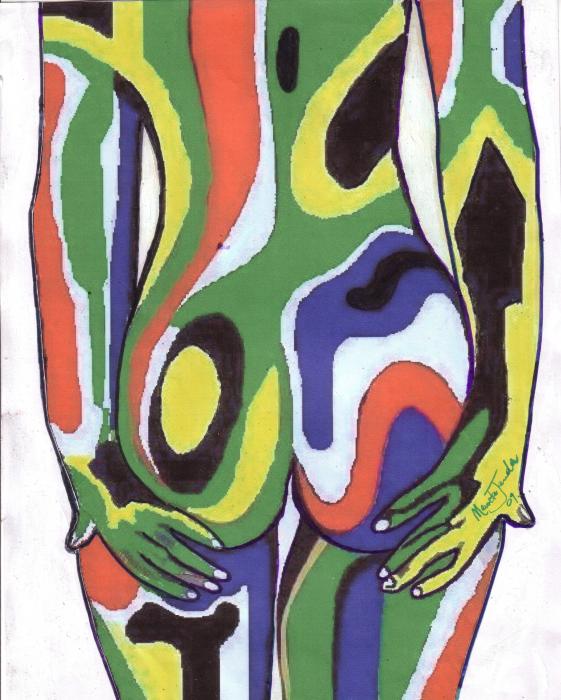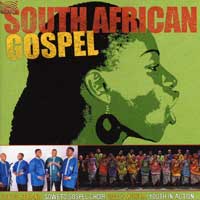The Republic of South Africa is a country in southern Africa. Located at the southern tip of Africa, it is divided into nine provinces, with 2,798 kilometres (1,739 mi) of coastline on the Atlantic and Indian oceans. To the north of the country lie the neighbouring territories of Namibia, Botswana and Zimbabwe; to the east are Mozambique and Swaziland; while Lesotho is an enclave surrounded by South African territory.
Conceptual art in
Afrikaans music was primarily influenced by Dutch folk styles, along with French and German influences, in the early twentieth century. Zydeco-type string bands led by a concertina were popular, as were elements of American country music, especially Jim Reeves.
The first major style of South African popular music to emerge was pennywhistle jive (later known as kwela). Black cattle-herders had long played a three-holed reed flute, adopting a six-holed flute when they moved to the cities.
South African art

South African art is the creative output of human beings from South Africa
The oldest art objects in the world were discovered in a South African cave. Dating from 75,000 years ago,[1] these small drilled snail shells could have no other function than to have been strung on a string as a necklace. South Africa South Africa
South African Music

There is great diversity in music from South Africa South Africa
the south africa
Gospel
In the early twentieth century, Zionist Christian churches spread across South Africa
Afrikaans music was primarily influenced by Dutch folk styles, along with French and German influences, in the early twentieth century. Zydeco-type string bands led by a concertina were popular, as were elements of American country music, especially Jim Reeves. Bushveld music based on the Zulu were reinterpreted by such singers as Marais and Miranda. Melodramatic and sentimental songs called trane trekkers (tear jerkers) were especially common. In 1996 the South African Music scene changed from the Tranetrekkers to more lively sounds and the introduction of new names in the market with the likes of Nádine, Kurt Darren and Nicolis Louw. Afrikaans music is currently one of the most popular and best selling industries on the South African music scene.
The apartheid years of South African history (1948-1994) saw a great diversity in South African art, ranging from landscape painting to abstract art, engagements with currents burgeoning in Europe and the United States, to a fiercely local sense of what it meant to be an artist in this country during troubled times.
Sometimes South African art seemed to float above the political issues of the day; at other times it tackled them with vigour and insight.
The South African music scene includes both popular (jive) and folk forms. Pop styles are based on four major sources, Zulu isicathamiya singing and harmonic mbaqanga. South Africa
By the 1950s, the music industry had diversified greatly, and included several major labels. In 1962, the South African government launched a development programme for Bantu Radio in order to foster separate development and encourage independence for the Bantustans. Though the government had expected Bantu Radio to play folk music, African music had developed into numerous pop genres, and the nascent recording studios used radio to push their pop stars. The new focus on radio led to a government crackdown on lyrics, censoring songs which were considered a "public hazard".




